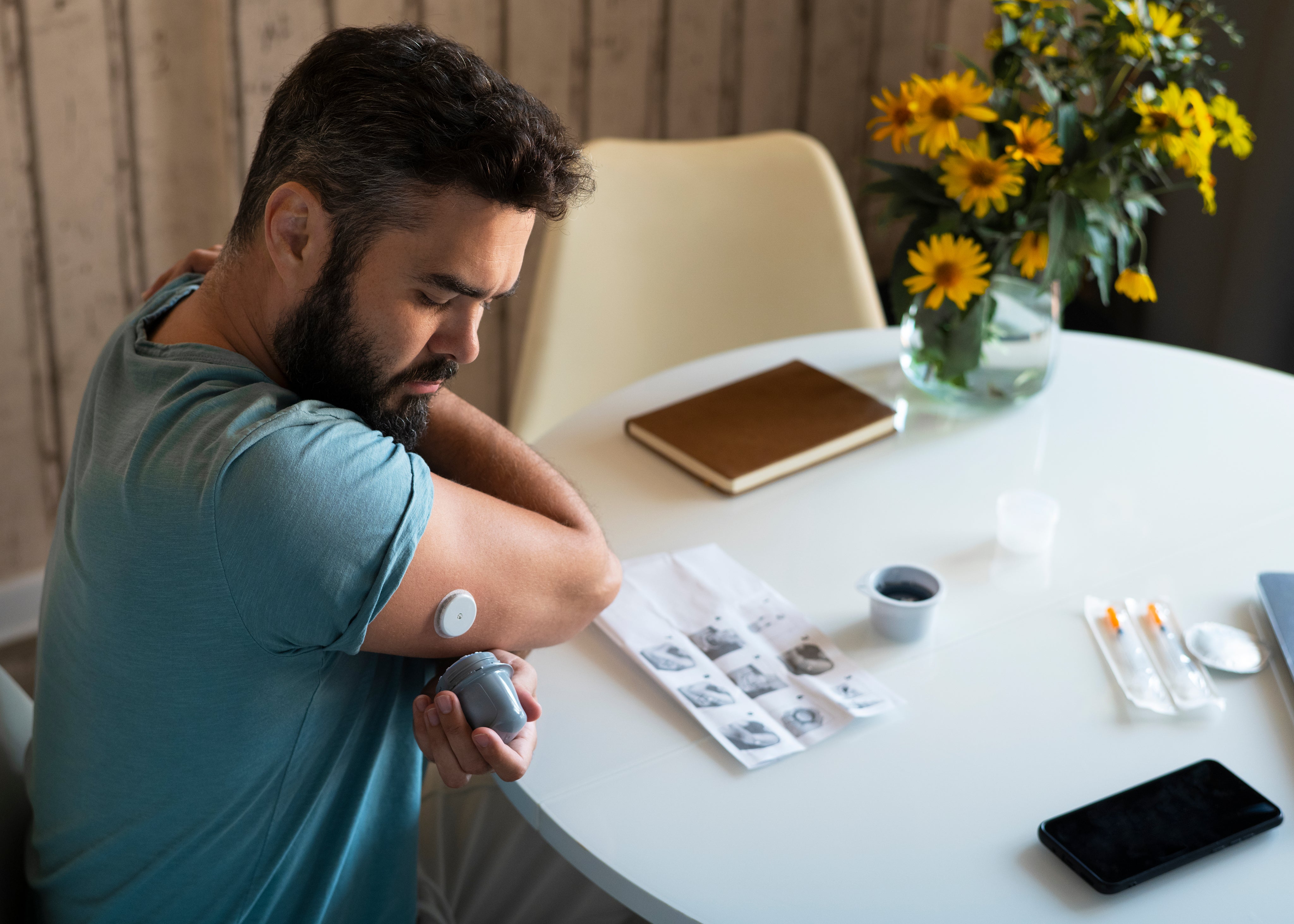For individuals managing diabetes, blood glucose monitoring is an essential part of daily life. By tracking your levels regularly, you gain valuable insights into how food, exercise, medications, and other factors affect your body. In this article, we’ll explore why consistent monitoring is crucial and how it can help you stay on top of your diabetes management.
Why Blood Glucose Monitoring Matters
Monitoring your blood sugar levels provides real-time data that allows you to make informed decisions about your diet, physical activity, and medication. Without consistent tracking, it becomes difficult to detect patterns or identify fluctuations that could lead to complications.
Key benefits of monitoring your blood glucose include:
-
Preventing High and Low Blood Sugar: Regular checks help you avoid dangerously high (hyperglycemia) or low (hypoglycemia) blood sugar levels.
-
Understanding Food and Activity Impacts: Monitoring helps you determine which foods and exercises work best for maintaining stable blood sugar levels.
-
Optimizing Medication Management: Keeping track of glucose levels ensures that your medication is working effectively and allows your healthcare provider to adjust doses if necessary.
-
Reducing Long-Term Complications: Uncontrolled blood sugar can lead to severe complications such as neuropathy, kidney disease, and cardiovascular problems. Regular monitoring helps keep your health on track.
Best Practices for Effective Monitoring
To get the most out of your blood glucose monitoring routine, consider the following tips:
-
Stick to a Schedule: Follow your doctor’s recommended testing schedule, whether it’s before meals, after meals, or at bedtime.
-
Use a Reliable Glucose Meter: Ensure your meter is accurate and well-maintained. Store it properly and replace test strips as needed.
-
Keep a Log: Use a diabetes journal or an app to record your readings, meals, and activities. This information helps identify trends and patterns.
-
Recognize Symptoms: Be aware of signs of high or low blood sugar and act accordingly.
-
Consult Your Healthcare Provider: Regularly review your readings with your doctor or diabetes educator to adjust your treatment plan if necessary.
Choosing the Right Monitoring Tools
With advancements in technology, there are multiple ways to monitor your glucose levels efficiently:
-
Traditional Blood Glucose Meters: These require a small blood sample to provide a quick reading.
-
Continuous Glucose Monitors (CGMs): These devices track glucose levels in real time and provide continuous feedback, reducing the need for finger pricks.
-
Smartphone Apps & Digital Tools: Many apps sync with your glucose meter or CGM, making it easier to analyze and share data.
Final Thoughts
Monitoring your blood sugar levels consistently is a powerful tool in diabetes management. By staying proactive, using the right tools, and working closely with your healthcare team, you can maintain stable glucose levels and improve your overall health. At [Your Store Name], we offer a range of high-quality diabetes monitoring supplies to help you stay in control of your health. Explore our collection today and take the next step in your diabetes management journey!








